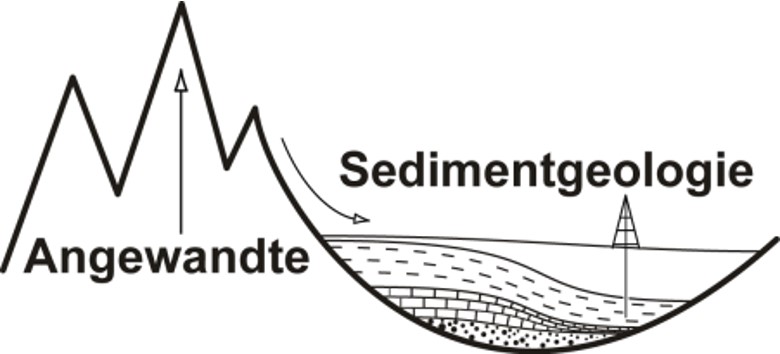Applicant: Dr. Laura Stutenbecker
Funding: DFG
Persons of Charge: Dr. Laura Stutenbecker
Duration: 2020 – 2023
Summary
In this project we disentangle sedimentary signals related to changes in the deep lithosphere, the upper crust, and climate change in the Alps in the framework of the DFG Priority Program (SPP) “4D-MB: Mountain Building Processes in Four Dimensions”. The overarching hypothesis is that if lithospheric reorganization in the Alps (e.g. slab breakoff, tearing) occurred, then it led to spatial and temporal changes in buoyancy that relocated the focus of rock uplift and erosion. These changes would be preserved in diverse sedimentary and geochemical records in the Alpine foreland basins.
To test this hypothesis, we apply a multi-proxy provenance approach that bridges methodological, temporal and integrational gaps through the combination of detrital geo-thermochronology (apatite and zircon triple dating with U-Pb, fission track and (U-Th)/He) dating) and provenance tools (petrography, heavy mineral composition, garnet chemistry).
In a first step, we will analyze modern erosional patterns in the Alps by characterizing modern fluvial sands of selected mono-lithological catchments as well as the major Alpine rivers (e.g. Adige, Inn, Isère, Rhine). This will establish sedimentary fingerprints and serve as a sensitivity test of our methods. In a second step, we characterize sandstones at key stratigraphic time slices (28, 25, 20, 17, 15 and 12 Ma) preserved in circum-Alpine proximal fan deposits.
These orogen-wide reconstructions enable us to identify potential climate, tectonic or deep lithospheric drivers (based on the location, timing and magnitude of events/changes), and also to test proposed geodynamic models for the post-collisional evolution of the Alps.
Relocation of the project to the University of Münster, Prof. Laura Stutenbecker









